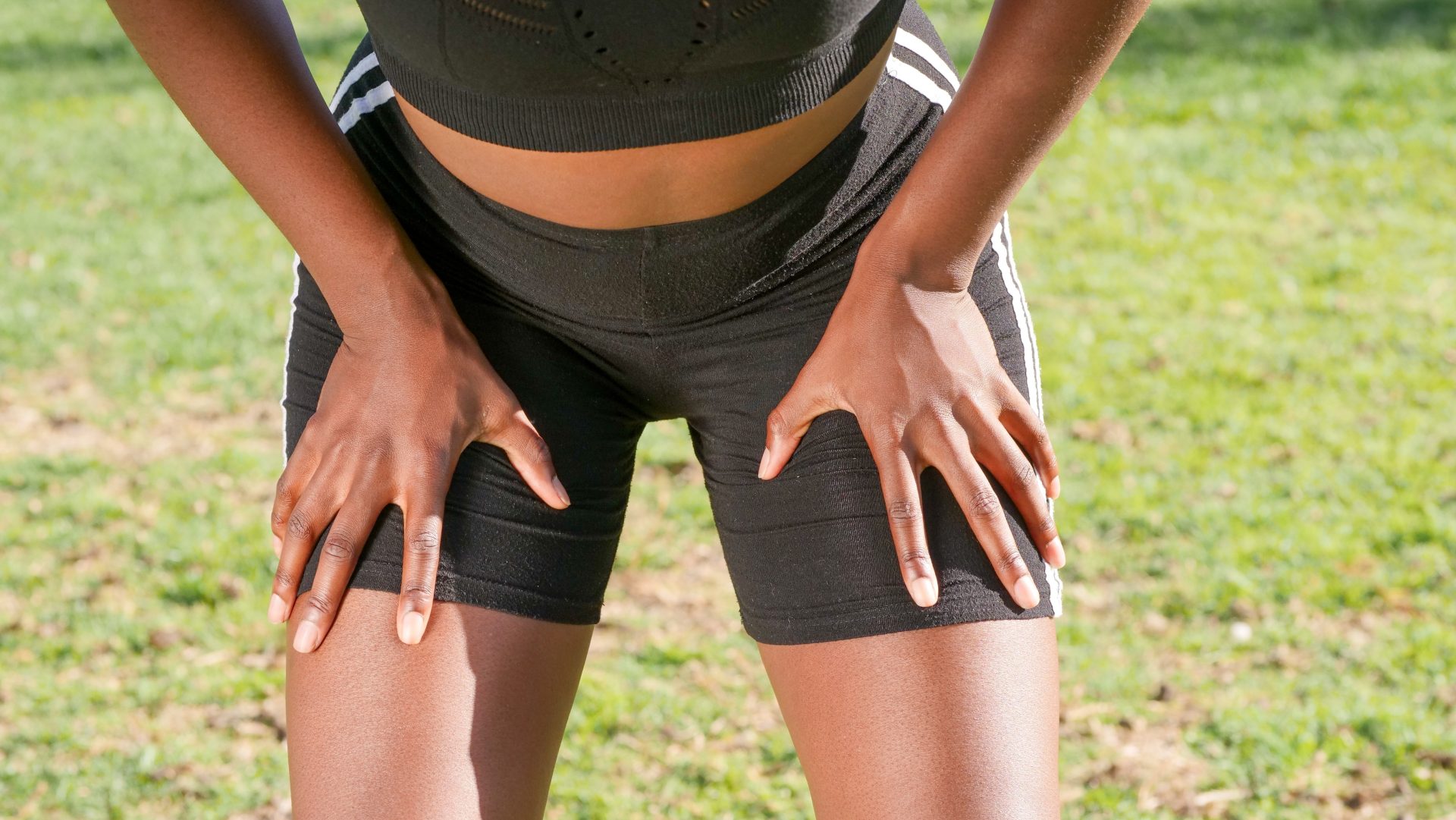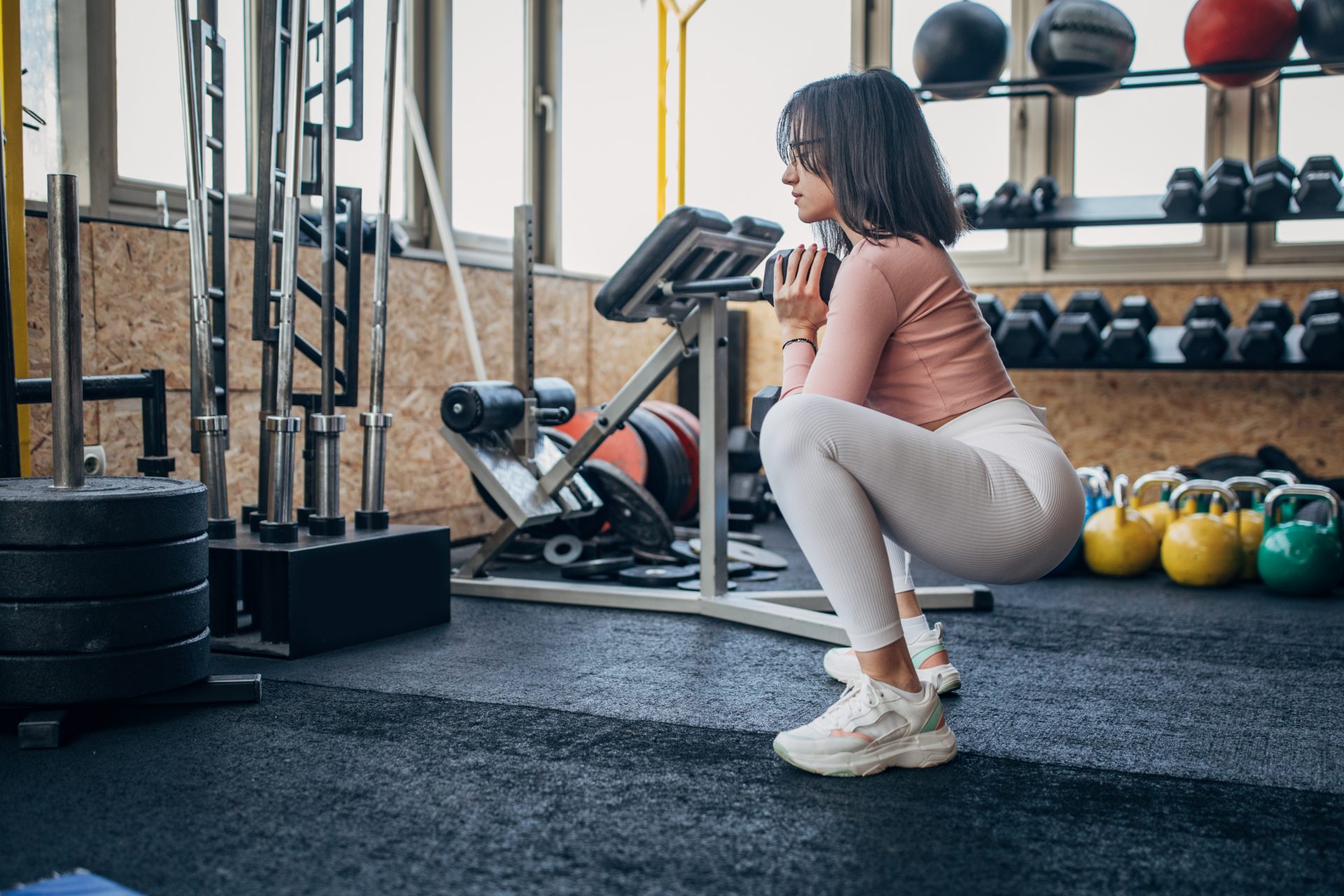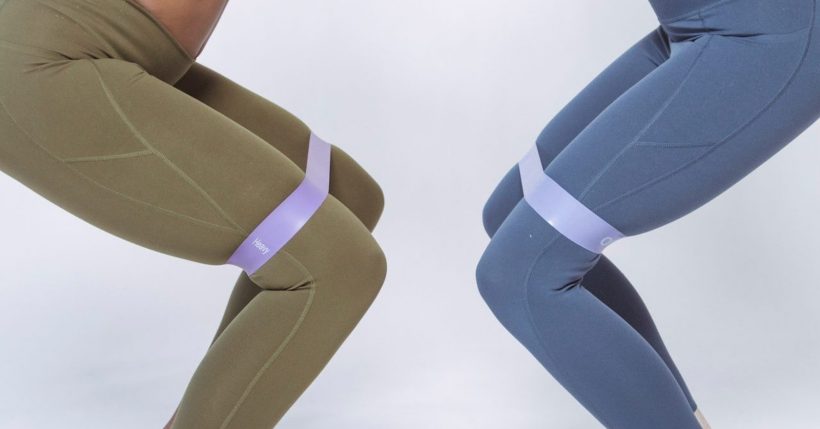Struggling to target your glutes when your squat? You might be quad dominant. Here’s what that means.
Squats are our go-to move on leg day for a reason: they’re simple but challenging and, most importantly, they’re efficient. As a compound exercise, squats promise us a lot of bang for our buck. With one move, we can work multiple parts of our lower body and build all-important muscle in our quads, glutes, hamstrings, calves and a load of other muscles.
However, do you finish every set of the exercise with thighs like jelly but no burn elsewhere? If that sounds familar, you’re not alone – social media fitness pros regularly post content about how to start feeling your glutes in a squat, and judging by the conversations I’ve had with friends, many of us struggle to activate anything but our quads during the exercise.
“Quad dominance is the most common imbalance,” says physiotherapist Tim Kayode. It’s a form of ‘muscle dominance’, which means when certain parts of our body are overworked or significantly stronger than other areas.
You may also like
What is muscle dominance? How to improve imbalances, according to a physiotherapist
“If you are quad dominant you’ll find you overuse the muscle in moves like squats and lunges, while you underuse the glutes and hamstrings” Kayode adds. The reason your quads are burning in squats isn’t because they’re weak, but because they are so much stronger than other muscles that they end up taking on most of the weight.
This is all relative – by their nature, squats are more of a quad-focused compound exercise, but we should still be using other muscles for power and support when performing them.
Why are we quad dominant?
Our lifestyles tend to make us anteriorly dominant; being sat down for long periods of time tends to weaken our posterior chain (the muscles in the back) while the muscles in the front of our body (like our chest and quads) get stronger and tighter.
If you’re a frequent runner, you’ll most likely be quad dominant too. When we drive our hips forward to run, we use our quads. And when our foot strikes the floor, we push up to three times our body weight up into the quads too, further strengthening the muscle.

Quad dominance can cause all kinds of issues, Kayode explains, from “straining the muscle due to overuse to really damaging the ligaments in the knee, which are stabilised by the quads”.
The solution? “We want harmony among our muscles so that they complement each other rather than work against one another,” Kayode says. For quad-dominant people, implementing some of these tools will help you rebalance the legs and, eventually, feel your glutes when you squat.
Strengthen the glutes and hamstrings
“If your quads and your hip flexors are overpowering your glutes and your hamstrings, we need to focus on building strength in the weaker muscles so they can start firing properly,” says Kayode.
That means adding in isolation moves for the quads and hamstrings so that the quads don’t ‘take over’ and continue getting stronger. Try adding in hip thrusts, glute bridges, hamstring curls and Romanian deadlifts. These are all exercises that minimise the interference of the quads by focusing solely on the muscles at the back of the body.
You may also like
Glute workout: why hip thrusts are the best muscle building exercise
Runners – this is important for you, too. You can’t get away from the fact that your runs are going to be pulling on the quads, so it’s even more important that your gym sessions strengthen the glutes.
Switch up your form
“We tend to move in the way that is easiest for us, so quad dominant people may find that their squats and lunges involve putting their knees over their toes,” says Kayode. That’s not necessarily a problem, but if you want your workouts to target your posterior muscles, you might want to switch up your form.
Try sumo squats by taking your feet a little wider and turning your toes slightly out to target more of the glutes.
Ensure full squat depth – research shows that the glutes are most involved in squatting when your hips are at least a 90 degrees from your knees
Keep your knees behind your toes by hinging at the hips as you squat to emphasise the glutes

Activate
Before jumping into any type of squat, glute and hamstring activation is key. That is to “wake up” the muscles, says Kayode, and let them know that they are about to be used.
Try these moves as a pre-workout activation and mobility circuit:
90/90
These improve the mobility of the hips so you can hit the glute-targetting squat depth and powerful steps as you run.
Clamshells
Work into the outer edges of the glutes with clamshells that target the gluteus medius.
Single leg glute bridges
Fire up the glutes with these isolation exercises – the single-leg stance helps even out side-to-side imbalances as well as quad dominance.
Images: Getty/Pexels
Source: Read Full Article
